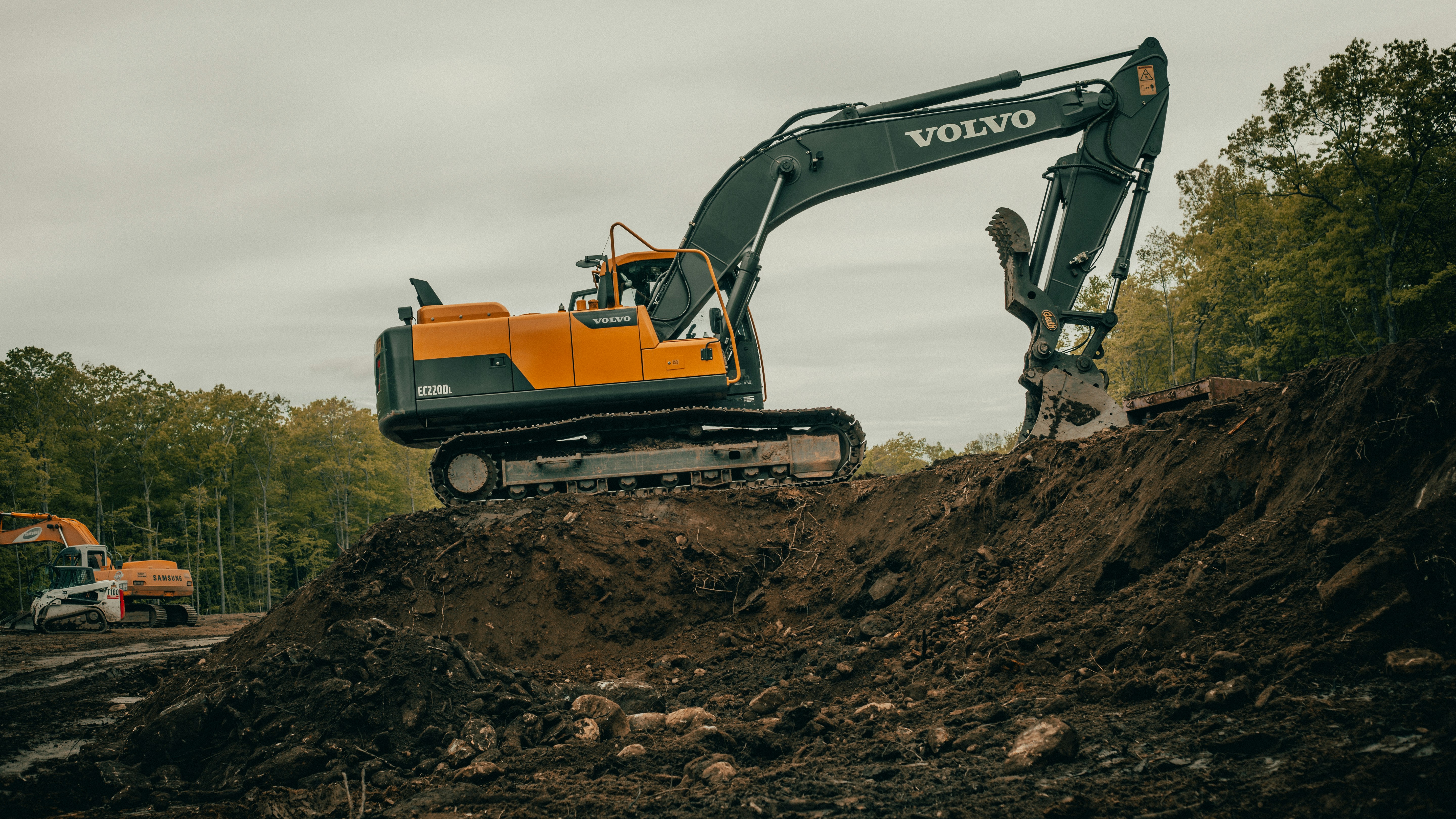India has seen unprecedented growth in Infrastructure development in the last decade or so. The National Infrastructure Pipeline( NIP) is of about Rs. 177.53 lakh crore( US $ 2.113 trillion) $ by 2030 and become the second largest in the world. source: Investment in India: Best Opportunities to Invest in India | IIG (dt. 5.10.2024). With such a huge Pipeline of Infrastructure projects, the Indian CE Industry is expected to reach around 20 billion US $ by 2030 and become the second largest in the world.
This will require huge financing to the demand side of Construction Equipment.

Normally, this financing is divided into two layers:
This is a working capital finance that is extended to dealers of Construction Equipment Manufacturers to build up stocks of Construction Equipment. Typically, the liquidation cycle of these stocks is 45- 60 days. Hence, the Construction Equipment dealers require wholesale financing of around 60 days of their annual sale. This financing helps smoothen the purchase process of these dealers with guaranteed availability of funds. This also helps the retail sales process as equipment is available near the customer and deliveries are faster. Almost all manufacturers such as JCB, Tata Hitachi, Hyundai, SANY and so on work on the dealership model. Hence Channel finance is becoming widely popular in the Construction Equipment Industry.
State Bank of India and Tata Hitachi were the pioneers in this concept and started this program around 2015. Another PSU bank- Bank of Baroda has recently entered this space. Private sector banks such as HDFC Bank, ICICI Bank and Axis Bank are also increasing their share recently. Tata Capital also offers factoring as another method of financing wholesale trade. This is useful when there is a sudden surge in demand and Channel Finance is not adequate to cater to the higher demand. These programs typically offer low interest rates for the ‘ Sale Period (say upto 45 days)’. Then the interest rate increases. With this facility, dealers can properly plan their offtakes so as to utilise the 45 days period to sell off their stocks to minimise their interest costs.
This is the finance extended to retail (individual) buyers or corporates to purchase Construction Equipment. This financing is mostly of the Hire- Purchase type and is dominated by Non- Banking Financial services financiers such as Tata Capital, HDB Financial services, Sundaram Finance, Cholamandalam Finance, Shriram Finance and so on. Banks such as HDFC Bank, ICICI Bank, Kotak Mahindra Bank are also quite active in this space. PSU Banks such as SBI, Bank of Baroda and co- operative banks are also present in this space.
Normally, retail financing is around 60%- 85% of asset cost depending upon the financial credentials of the client. This is to ensure that the client also has a stake in the equipment purchased. Funding is against a collateral security. This helps in reducing the interest rate.To get better funding, it is required that the client has good repayment record. The CIBIL rating is a good indicator for this. Clients need to maintain their financial statements updated and as per statutory norms.
Since equipment is purchased for commercial use, it is expected that the equipment pays off for itself. Only well- established contractors and construction companies can afford to pay for an idle equipment. Therefore, the risk for the buyer to purchase as well as the financier to finance a Construction Equipment is high as it may turn into a Nonperforming asset if the buyer does not get proper work or his work order gets into any kind of problem. Work related to Infrastructure has many hurdles such as environmental norms, political pressure, rehabilitation issues, legal hurdles, land procurement and so on that can delay the project and hence infrastructure projects have an inherent financial risk associated with them.
The main challenge for both the retail and wholesale financiers is delinquencies. NPAs remain a challenge, especially for first time retail buyers of Construction Equipment – who do not have adequate know- how of the business and the financial capacity to repay their instalments when economies are in a slow- down. This affects the entire ecosystem of Retail customers, dealers, retail financiers, wholesale financiers and manufacturers as well.Increasing NPAs over the years has led to more stringent norms for financing, thereby squeezing Construction Equipment demand.
Another issue that has increased over the past few years is unauthorised exports of Construction Equipment to African and even European countries. This is because of the cost difference of equipment made in India as compared to other countries. Due to lower costs of manufacturing in India, price of Construction Equipment made in India is very competitive as compared to equipment manufactured elsewhere. This has led to unauthorised exports from India to these countries. Many of these countries do not have the service and spare parts infrastructure to support the equipment. This leads to long breakdowns and losses due to these breakdowns resulting in financial losses to these customers and a bad name to the manufacturers. Hence it is highly undesirable to export equipment to geographies where there is no support infrastructure ( authorised and trained service and spare parts dealers).
Recently there were fraudulent financing of these export equipment by some unscrupulous elements who got the equipment funded from financiers, but exported these at a hefty price with all advance payment. They then defaulted on the loans. This has led to enormous losses to financiers.
Therefore, financiers have started to do stringent due diligence exercises about the destination of equipment, genuinely of the buyer, end use, proper work orders and other details. Notwithstanding such shocks, Construction Equipment financing remains an attractive sector of the Indian economy due to huge growth seen in this sector and will continue to attract talent and innovation in the coming years.